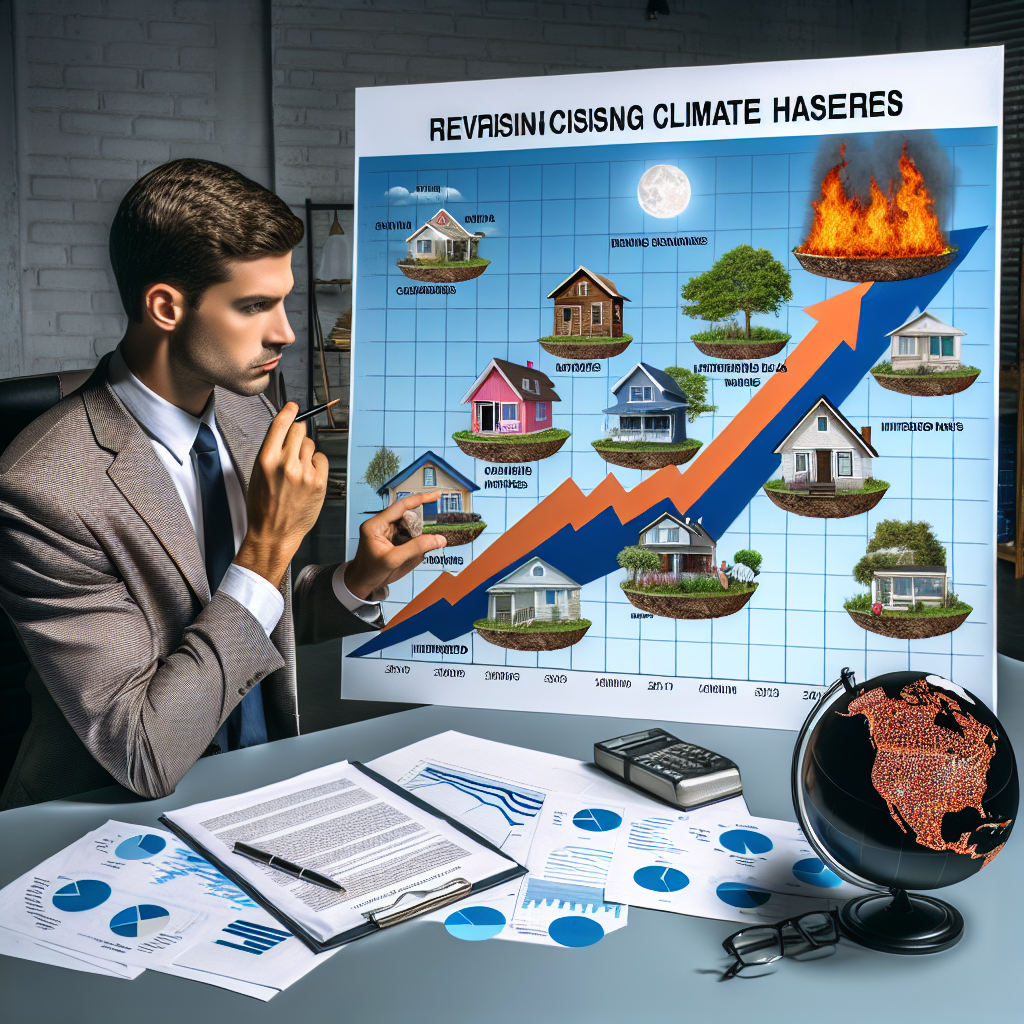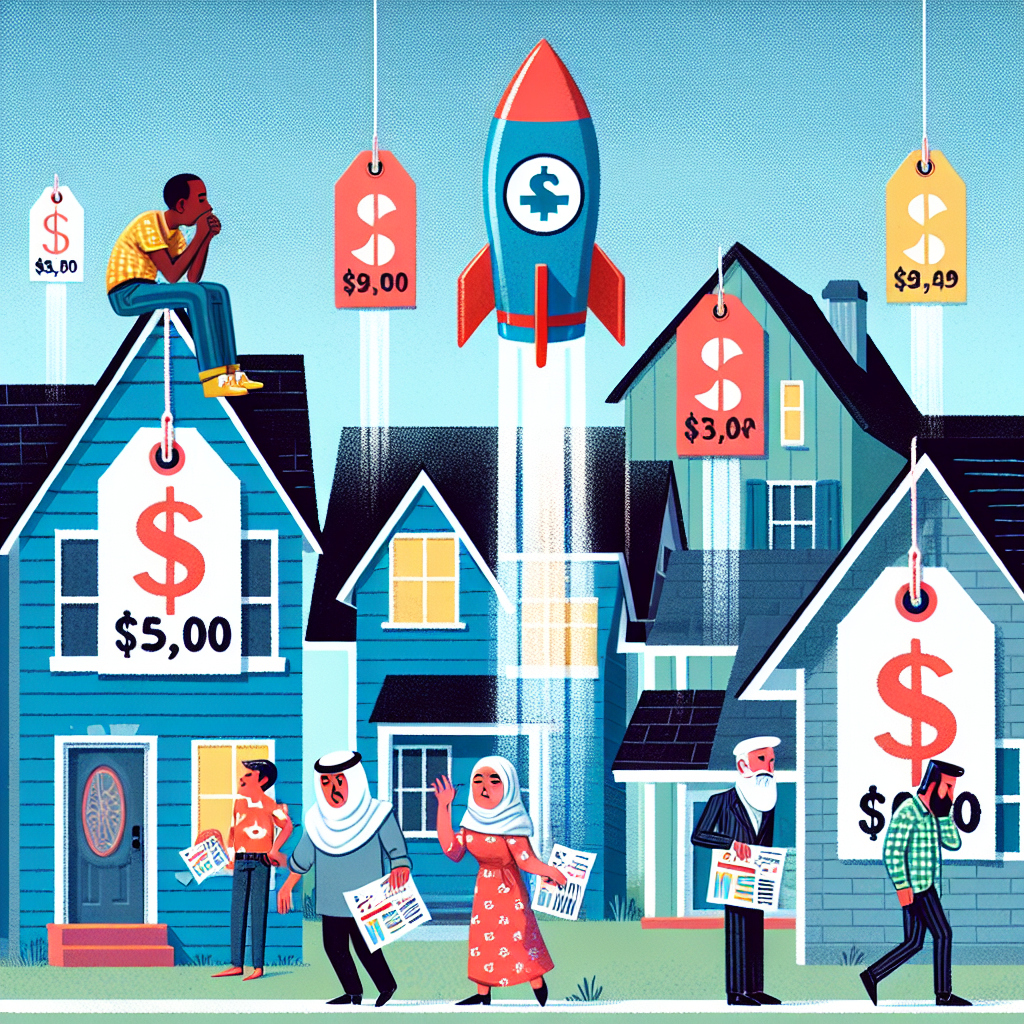Rethinking Home Insurance in the Face of Increasing Climate Risks
Rethinking Home Insurance in the Face of Increasing Climate Risks
Introduction
As climate change intensifies, the traditional models of home insurance are being challenged. With more frequent and severe weather events, insurers and homeowners alike are re-evaluating how to manage and mitigate risks associated with climate change.
Key Challenges
- Increased Frequency of Natural Disasters: Hurricanes, wildfires, and floods are becoming more common, leading to higher claims and financial strain on insurance companies.
- Rising Costs: The cost of insuring homes in high-risk areas is skyrocketing, making it unaffordable for many homeowners.
- Underinsurance Issues: Many homeowners are underinsured, leaving them vulnerable to significant financial loss in the event of a disaster.
Innovative Solutions
- Risk-Based Pricing: Insurers are adopting more sophisticated models to assess risk, leading to more accurate pricing based on individual property risk factors.
- Incentives for Mitigation: Offering discounts and incentives for homeowners who implement risk-reducing measures, such as installing storm shutters or fire-resistant materials.
- Public-Private Partnerships: Collaborations between governments and insurers to create shared risk pools and provide coverage in high-risk areas.
Future Outlook
The insurance industry is at a crossroads, needing to adapt to the realities of climate change. This involves not only adjusting pricing models but also encouraging proactive risk management among homeowners.
Conclusion
In summary, the increasing climate risks necessitate a fundamental rethinking of home insurance. By embracing innovative solutions and fostering collaboration, the industry can better protect homeowners and ensure financial stability in the face of a changing climate.






